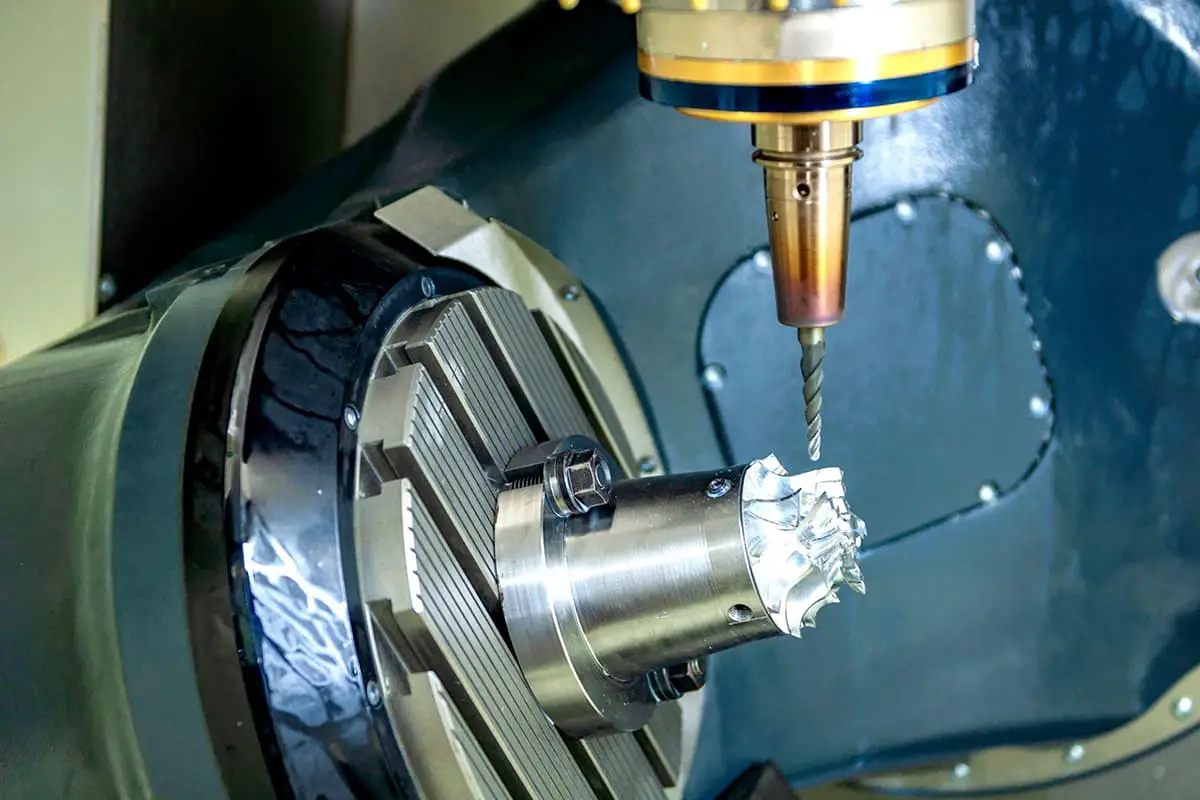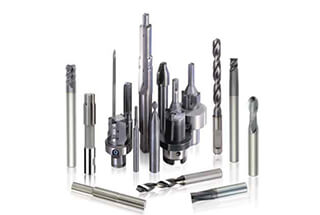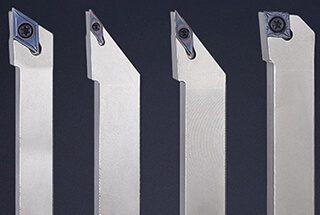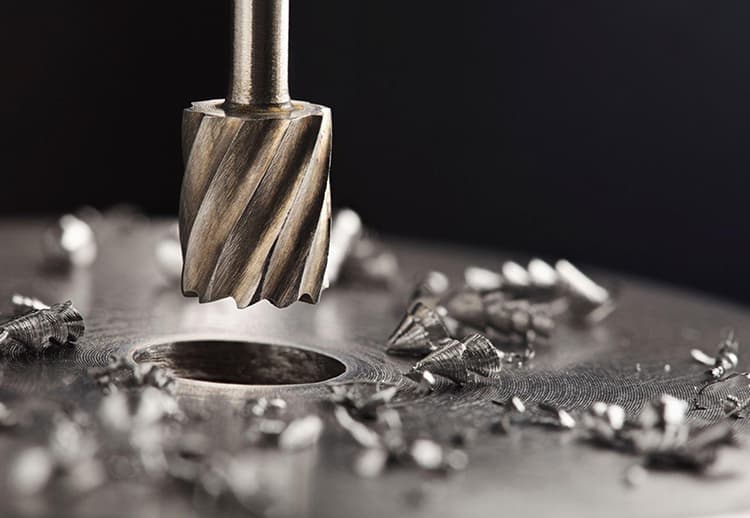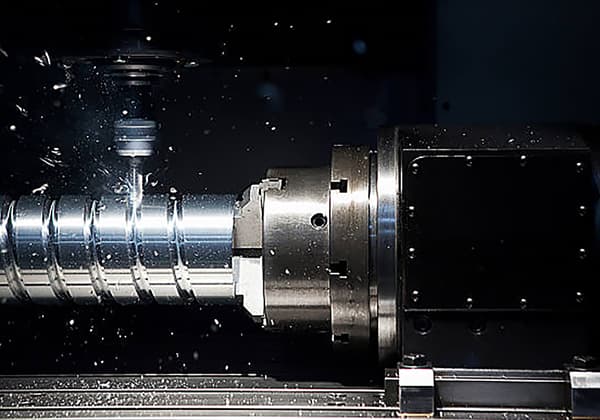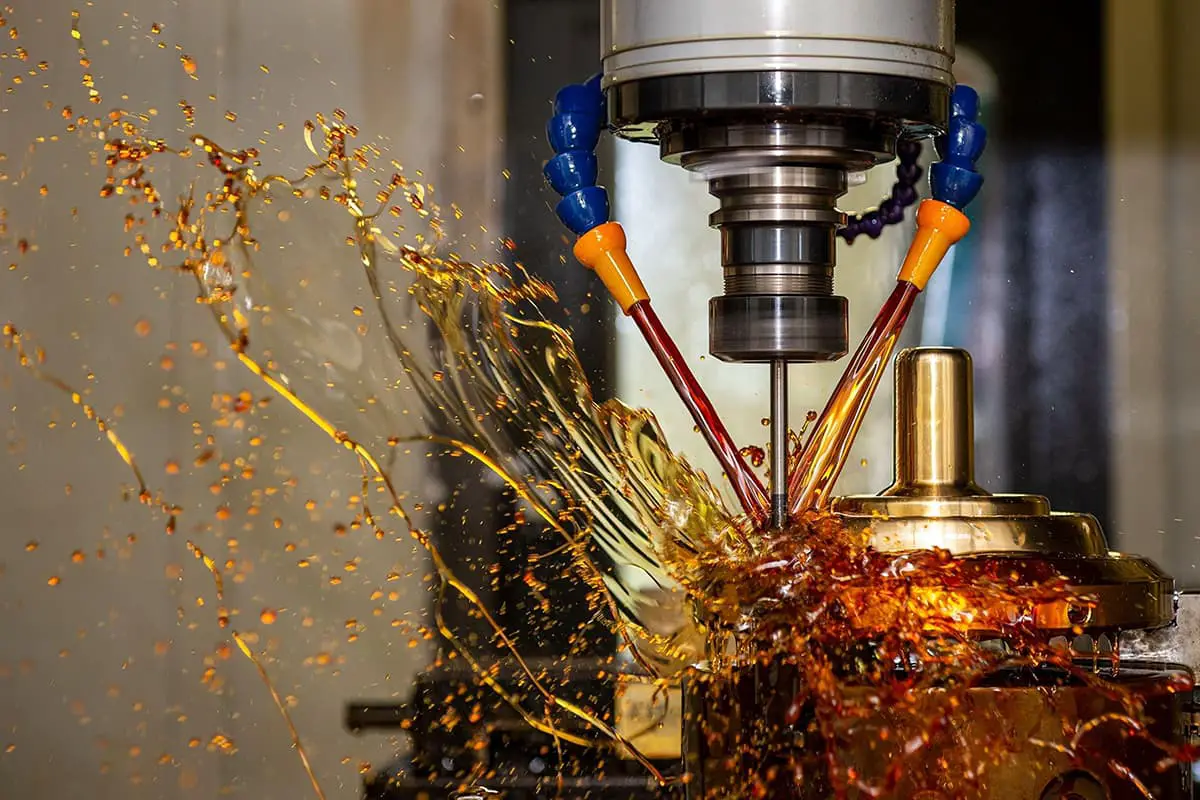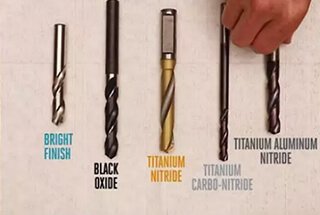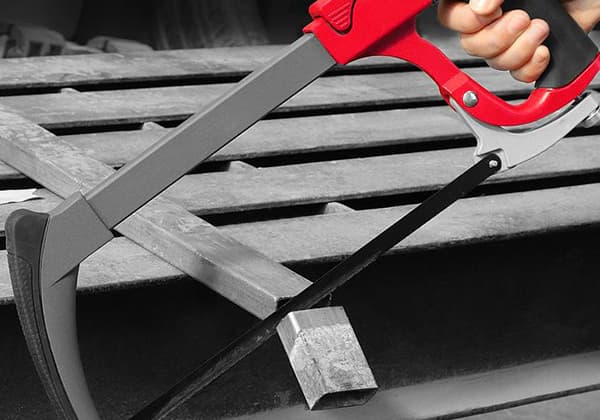
Ever wondered why machining aluminum alloys can be both a dream and a nightmare? This article dives into the unique properties of aluminum alloys, explaining how to achieve a smooth surface finish and avoid common pitfalls. Learn key cutting parameters and practical tips to enhance your machining process.

Summary:
Aluminum alloys possess unique machining characteristics due to their distinct physical and mechanical properties. Their relatively low strength, hardness, and high thermal conductivity facilitate easier cutting and make them suitable for high-speed machining operations. However, these same properties present specific challenges that require careful consideration during the machining process.
The low melting point of aluminum alloys leads to increased plasticity under high temperatures and pressures generated during cutting. This phenomenon results in substantial friction at the tool-workpiece interface, potentially causing tool adhesion and built-up edge formation. Annealed aluminum alloys, in particular, pose difficulties in achieving low surface roughness due to their increased ductility.
Two key factors significantly influence the machinability of aluminum alloys compared to steel and brass: their softness and lower rigidity, coupled with a low elastic modulus. These characteristics necessitate proper workpiece clamping and support, as well as the use of sharp cutting tools to prevent workpiece deflection during machining. Inadequate fixturing or tool pressure can lead to surface defects such as irregular grooves and compression marks.
To optimize surface finish quality, a two-stage cutting approach is recommended: rough cutting followed by finish cutting. This strategy helps mitigate the effects of oxide layers present on workpiece blanks, which can cause accelerated tool wear. Employing sharp, polished cutting tools for the final pass ensures superior surface quality and dimensional accuracy.
Aluminum alloy machinability is generally categorized into two groups:
Cutting process parameters, including cutting speed, feed rate, and depth of cut, should be tailored to the specific category of aluminum alloy being machined. Additionally, considerations such as tool geometry, cutting fluid selection, and chip evacuation strategies play crucial roles in achieving optimal machining outcomes for aluminum alloys.

| Operation | Tool materials | Category of Machining | Cutting Speed (m/min) | Back Rake Angle (°) | End Relief Angle (°) | Feed Rate (mm/r) | Cutting Depth (mm) | Coolant |
| Rough turning. | High-speed steel. | 1 | 200-400 | 40433 | 30-40 | ≤1 | 40252 | no |
| 2 | 100-250 | 40400 | 20-30 | 0.2-0.5 | 40252 | no | ||
| Cemented carbide | 1 | 600-1200 | 40369 | 20-30 | 0.3-0.6 | 40252 | no | |
| 2 | 200-400 | 40369 | 40471 | 0.25-0.6 | 40252 | no | ||
| Finish turning. | High-speed steel. | 1 | 400-900 | 40400 | 40-50 | 0.05-0.3 | 0.3-2.5 | Cutting Fluid (Emulsion or Cutting Oil) |
| 2 | 200-500 | 40368 | 30-40 | 0.03-0.25 | 0.3-2.5 | |||
| Cemented carbide | 1 | ≤2400 | 40400 | 20-30 | ≤0.15 | 0.3-2.5 | Cutting Fluid (Emulsion or Cutting Oil) | |
| 2 | 250-700 | 40368 | 40471 | 0.05-0.1 | 0.3-2.5 |
| Category of Machining | Milling Speed (m/min) | Feed rate (mm/r) | Cutting Depth for Long Chip Alloy (mm) | Cutting Depth for Short Chip Alloy (mm) |
| 1 | ≤3000 | 0.02-0.1 | 0.02-0.3 | 0.02-0.6 |
| 2 | 800-1400 | 0.02-0.1 | 0.02-0.3 | 0.02-0.6 |
| Operation. | Tool material. | Category of Machining | Milling Speed (m/min) | Lead Angle (°) | Side Tilt Angle (°) | Feed rate (mm/r) | Milling Depth (mm) | Helix Angle (°) | Coolant |
| Rough milling | High-speed steel | 1 | 300-600 | 8 | 25 | 0.1-0.5 | 40229 | 30-40 | no |
| 2 | 150-400 | 6 | 20 | 0.1-0.5 | 40229 | ≤30 | Water-soluble coolant. | ||
| Cemented carbide | 1 | ≤2500 | 8 | 20 | 0.1-0.6 | 40229 | 30-40 | no | |
| 2 | 300-800 | 6 | 15 | 0.1-0.6 | 40229 | ≤30 | no | ||
| Finish milling | High-speed steel | 1 | ≤1500 | 12 | 30 | 0.03-0.1 | ≤0.5 | 30-40 | Water-soluble coolant. |
| 2 | 250-800 | 10 | 25 | 0.03-0.1 | ≤0.5 | ≤30 | Water-soluble coolant or oil. | ||
| Cemented carbide | 1 | ≤3000 | 12 | 25 | 0.03-0.1 | ≤0.5 | 30-40 | Water-soluble coolant. | |
| 2 | 500-1500 | 10 | 20 | 0.03-0.1 | ≤0.5 | ≤30 | Water-soluble coolant or oil. |
| Tool material | Cutting type | Milling speed (m/min) | Point angle (°) | Helix angle (°) | Feed rate (mm/r) | Secondary relief angle (°) | Coolant |
| High-speed steel | 1 | 100-120 | 140 | 45-30 | 0.02-0.5 | 17-15 | Water-soluble coolant |
| 2 | 80-100 | 120 | 35-20 | 0.02-0.5 | 15 | Water-soluble coolant | |
| Cemented carbide | 1 | 200-300 | 130 | 25-15 | 0.06-0.3 | 12 | No coolant or water-soluble coolant |
| 2 | 100-200 | 120 | 40466 | 0.06-0.3 | 12 | No coolant or water-soluble coolant | |
| Note | Low speed is recommended for drilling small holes. | When drilling on thin plates, it is recommended to increase the point angle or use a drill with a positive rake angle. | When drilling small holes, it is recommended to use a drill with a small helix angle. | The feed rate for drilling small holes should be small. | When grinding the secondary relief angle, it is important to select the appropriate angle. | It is better to use a water-soluble coolant | |
| Standard thread | M3 | M3.5 | M4 | M4.5 | M5 | M6 | M8 | M10 | M12 | M14 | M16 |
| Hole diameter (mm) | 2.7 | 3.75 | 3.6 | 4.1 | 4.6 | 5.5 | 7.3 | 9.1 | 11 | 12.8 | 14.8 |
| Tool | Tool material | Milling speed (m/min) | Feed rate (mm/r) | Point angle (°) | Helix angle (°) | Secondary relief angle (°) | Coolant |
| Replaceable boring cutter | High-speed steel. | 25-40 | 0.2-0.3 | 140 | 30-20 | 8 | Water-soluble coolant |
| Cemented carbide | 60-100 | 0.1-0.3 | 120 | 20-15 | 6 | Water-soluble coolant | |
| Trial boring cutter | High-speed steel | 25-40 | 0.2-0.3 | – | 30-20 | 8 | Water-soluble coolant |
| Cemented carbide | 60-100 | 0.1-0.3 | 20-15 | 6 | Water-soluble coolant | ||
| Expanding boring cutter | High-speed steel | 20-30 | 0.3-0.6 | 60-120 | – | 6 | Water-soluble coolant |
| Cemented carbide | 50-70 | 0.2-0.5 | 60-120 | 6 | Water-soluble coolant | ||
| Boring bar | High-speed steel | 25-40 | 0.05-0.6 | – | 30-20 | 12 | No coolant or water-soluble coolant |
| Cemented carbide | 60-100 | 0.05-0.6 | 20-15 | 10 | No coolant or water-soluble coolant |
| Tool | Tool material. | Chamfer (°). | Lead angle (°). | Reaming speed (m/min). | The feed rate (mm/r) for the reamed hole diameter (mm) is as follows: | ||||||
|---|---|---|---|---|---|---|---|---|---|---|---|
| ≤10 | >10-25 | >25-40 | >40 | ||||||||
| Hand reamer. | High-speed steel. | 45 | 40241 | / | / | / | / | / | |||
| Cemented carbide. | 45 | 40241 | / | / | / | / | / | ||||
| Hob. | High-speed steel. | 30 | 0 | 40471 | 0.1-0.2 | 0.2-0.4 | 0.3-0.5 | 0.4-0.8 | |||
| Cemented carbide. | 30 | 0 | 20-50 | 0.2-0.3 | 0.3-0.5 | 0.4-0.7 | 0.5-1.0 | ||||
| Deviation. | The allowable deviation (mm/r) of the reamed hole diameter (mm) is as follows: | ||||||||||
| Insufficient diameter of pre-drilled hole. | High-speed steel. | ≤10 | >10-25 | >25-40 | >40 | ||||||
| Cemented carbide. | ≤0.2 | 0.1-0.3 | 0.1-0.3 | 0.2-0.5 | |||||||
| 0.06-0.1 | 0.1-0.2 | 0.1-0.3 | 0.2-0.4 | ||||||||
Note: The coolant used is a mixture of kerosene-turpentine oil (5:4), or mineral oil with a viscosity of about 33°E, or high-quality oil. The quality of dry reamed holes is not very high.


